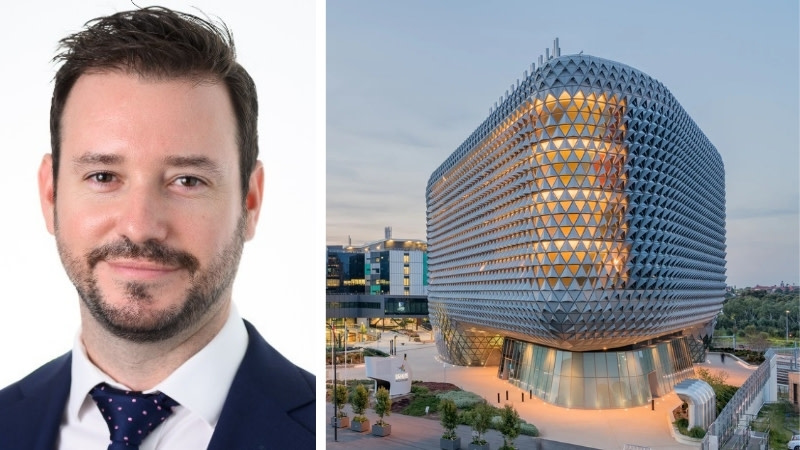Go Build a Hospital, Investors Urged

If you’re looking for investment opportunities in the healthcare real estate sector, go build a hospital. Or even a big medical centre.
“Everyone goes to a hospital eventually,” says Ben Martin-Henry.
“There aren’t nearly enough healthcare assets, we need to build more hospitals and healthcare centres.
“And I think if you track where the population is growing, where it's forecast to grow strongest, and where you start to see average age increases for people retiring and moving further out of the cities, you’ll see developers and investors following.
“I think if you can get decent sites and start to develop your own big, medical centres, similarly to what Healthco has done, then there's definitely opportunity there.”
HealthCo Healthcare and Wellness is an ASX-listed real estate investment trust (REIT) with a mandate to invest in hospitals, aged care, childcare, government, life sciences and research as well as primary care and wellness property assets.
While Martin-Henry’s business card says he’s head of real assets research for MSCI in Pacific, he is unashamedly enthusiastic about healthcare, pointing out only the industrial sector is out-performing it.
“And that's only because of the last three years of extraordinary industrial performance,” Martin-Henry said. “Healthcare has been performing that way for a long time. There's just not a lot of assets to get into your fund.”
Ben Martin-Henry will be among presenters at The Urban Developer’s Healthcare Property vSummit on November 24.
Old age is the obvious driver for the sector. With the possible exception of Russia, all developed countries have ageing populations.
Scientific and technological advances mean people are living longer. Statistics show the average life expectancy of Australian men will reach 88 by 2055. And for women, it will be 90 years.

Longer life means more chronic disease and a greater demand for healthcare. About 80 per cent of Australians are living with long-term health conditions. Add to that, is an increased focus by government on preventative healthcare.
“As much as everybody comes out with weird and wonderful convoluted models, every single thing on Earth comes back to supply and demand,” Martin-Henry said.
“Healthcare is similar to residential—we never seem to have enough of it. There is always a higher demand, always long waiting lists, things like that. So, the demand drivers are there.”
Martin-Henry said the commercial side always performed well.
“And we see that whenever these assets do come onto the market, there’s a definite fear of missing out by investors because there's not so many of them, and we start to see pricing get driven up quite strongly as a result of that as well.”
Martin-Henry is quick to add healthcare means more than just hospitals and medical centres. He points to childcare.
“Childcare is not bullet-proof or anything like that, but it’s a very stable income stream,” he said. “A lot of people say investors are moving up their risk curve to get to childcare.
“No, they should move down in terms of the yield, because some of these things are trading at 3 to 3.5 per cent, which is akin to industrial yields.”
He said childcare was still an emerging sector.
“You don’t have big portfolios that these big guys can just go and buy up,” he said. “They have to, for once, buy the little ones. So they’re probably going to get 10, 15, 20 or 30 assets as quickly as they can and then turn it into a REIT, or whatever, and list it.
“It’s a slow burn.”
Join us on Thursday, November 24 when Australia’s leading developers, investors and advisors working within the health property sector join us for The Urban Developer Healthcare Property vSummit.













